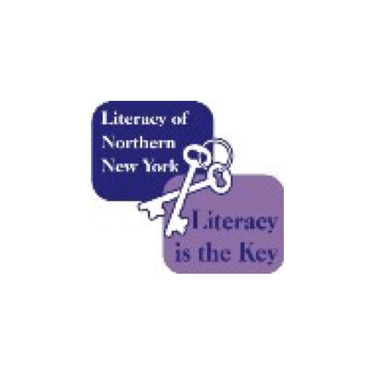
Reading Strategies & Tips
Strategies to Help Your Student with Reading
If a student has problems with the sounds of consonants, or with consonants blends such as cl, br, str, etc.
1. Use the pictures handout to remind your student of the consonant sounds
2. Practice listening exercises. Example: Listen to these words. Which word has the same beginning sound as monkey? Man or nanny?
Remember, it is good to really exaggerate and stretch out sounds when you are teaching a student who has difficulty hearing sounds in words.
3. The Laubach Way to Reading series has a lot of oral exercises listed in the teacher’s manual. It is a good reading series for low-level readers who need a lot of phonics instruction.
If your student needs to work on reading comprehension
1. Always do pre-reading activities before a student reads a story. Look at the pictures, the title and captions. Ask the student what he knows about the topic. What does he want to know about the topic? (KWL strategy) Have the student make predictions about what the story will be about.
2. After every paragraph or two, have the student paraphrase what the story is about.
3. If you are working out of a textbook, have the student answer the reading comprehension questions. Or have the student write a paragraph about what the story was about.
4. If a student struggles with sounding out a word while reading a story, tell him what the word is and let him continue reading. Review the words he had problems with after he has finished the story and has answered the reading comprehension questions in the textbook. You don’t want to do a long phonics lesson in the middle of the story because the student will forget what the story is about.
Work on vocabulary development to increase a student’s reading comprehension
1. Put the vocabulary word on an index card and have the student write the definition on the back.
2. Use graphic organizers – Put the word in the center of an index card. On the back write a synonym, antonym and a sentence or a picture.
3. Make up your own fill-in-the-blank sentences and let the student choose which vocabulary word fits in the blank.
Students need numerous exposures to a new word before they know it. They need to read it, hear you say the word, write sentences with it, review their vocabulary cards, etc.
If the student has problems reading longer words
1. Have the student look for small parts he knows in the word.
2. Teach prefixes and suffixes
3. Teach how to divide words into syllables and use syllable types. Put a small circle under each vowel. If there are two vowels together, put one circle under both.
If the word can’t be sounded out and the student just needs to memorize it (sight words)
1. Put the word on an index card and have the student write on the back of the card a sentence using that word. The student could also write the definition or draw a picture of it.
Review sight words at every session until they are known.
If the student has a problem with vowel sounds
1. Use the key word handout for each vowel. Apple for a, etc.
2. Teach word patterns (rhyming words) Example: it, bit, sit, fit, etc.
3. Teach the six syllable types.
If the student reads word-for-word and therefore lacks fluency
1. Practice choral reading – reading together
2. Practice echo reading – the tutor reads a sentence, then the student reads the same sentence
3. Modeled reading – the tutor reads a short story to model how reading should sound. It also helps the student’s listening comprehension skills.
Remember, the more fluently the student reads, the better comprehension he or she will have. Keep fluency activities brief and always explain you are doing it to increase reading comprehension.












